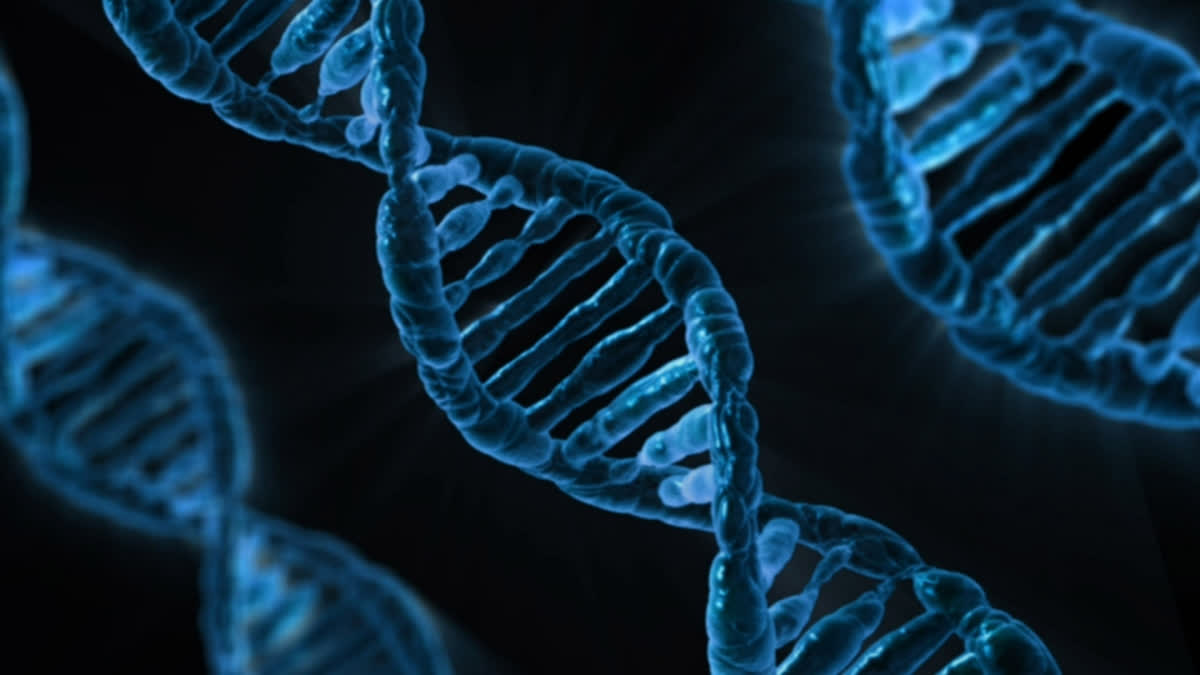Melbourne (Australia): In humans and other animals, sex is usually determined by a single gene. However, there are claims that in some species, such as platyfish, it takes a whole parliament of genes acting together to determine whether offspring develop as a male or female. In a new analysis, we took a close look at these claims.
We found they describe abnormal situations, such as hybrids between two species with different sex-determining systems, or when one sex system is in the process of replacing another. We conclude that sex is normally determined by a single gene. Evolutionary theory suggests this is the most stable state of affairs, as it ensures a 1:1 ratio of male and female animals.
The human master switch' for sex: In mammals, females have two X chromosomes, whereas males have an X and a Y. The Y chromosome bears a gene called SRY, which acts as a master switch: an XY embryo, carrying SRY, develops into a biological male, and an XX embryo, lacking SRY, develops into a biological female. This makes the inheritance of sex simple. Females make eggs, which carry a single X chromosome, while males make sperm, half carrying an X and half carrying a Y. Random fusion of eggs and sperm delivers half XX females and half XY males, for a 1:1 sex ratio.
Sex in other vertebrates:Among animals with backbones (vertebrates), there is a huge variety of systems that determine sex. However, they usually come down to the action of a single gene. Many fish, frogs and some turtles have systems like ours, in which a male-dominant gene on the Y chromosome directs testis development. Some vertebrates have the opposite a female-dominant gene on the X chromosome.
Other vertebrates use a dosage difference of a single gene. In birds, males have two copies of a Z chromosome with the sex-determining gene DMRT1. Females have a single Z and a W chromosome that lacks DMRT1. Sex depends on DMRT1 dosage: two copies in ZZ males, versus one in ZW females.
Surprisingly, many different genes act as the master switch in different species. But they all act by triggering the same male or female differentiation pathway. These single-gene systems deliver equal numbers of males and females, which theory says is the optimal balance for a stable system.
If the ratio favours one sex, individuals that produce more of the other sex will leave more descendants and their genes will spread until a 1:1 ratio is achieved. Some exceptional species Some aquarium fish have more complex systems. Genetic crosses in platyfish appear to show two or more genes that determine male or female development; the sea bass seems to have at least three sex genes.
Some frogs and lizards seem to determine sex using two or more sex genes. Then there are species with two or more pairs of sex chromosomes. The platypus has five X and five Y chromosomes. Is there a sex gene on each Y? How will a poor baby platypus know how to develop if it gets three Ys and two Xs from its dad?
And what about species, like the African clawed toad, which have two copies of their whole genome, so should have two pairs of sex chromosomes and sex genes? So there are lots of exceptional species that seem to have multiple sex chromosomes and sex genes in defiance of the expectation that only a single sex gene can produce a stable system.
